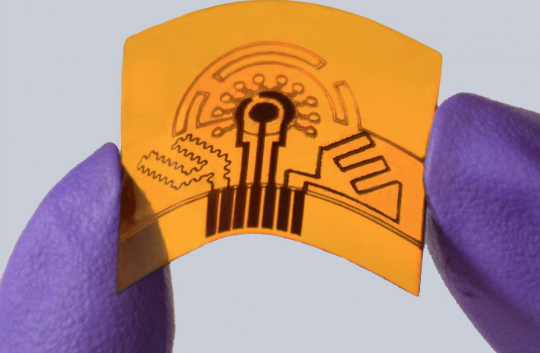NEWSBYTE A research team from the National University of Singapore (NUS) has developed a ‘wireless body sensor network’: a way for multiple wearable devices to interconnect via conductive textiles that have been woven into clothing.
According to the team, the technology allows devices to transmit data with a signal that is 1,000 times stronger than conventional radio-based technologies, meaning that the battery life of all devices is dramatically improved – or that much weaker signals can be detected.
Wireless networks of smart wearables have multiple applications in health and fitness monitoring, medical procedures, and human-machine interfaces, such as those being developed for astronauts.
However, most body sensors, such as smart watches, currently connect to smartphones, tablets, and other portable or wearable devices via Bluetooth or Wi-Fi, meaning that most of the energy is lost to the environment, an inefficient system that drains battery life while exposing the wearer to potential security or privacy intrusions.
A team lead by Assistant Professor John Ho at Singapore’s Institute for Health Innovation & Technology and the NUS Faculty of Engineering has enhanced regular clothing with conductive textiles known as metamaterials, which create surface waves to retain the signal.
“This innovation allows for the perfect transmission of data between devices at power levels that are 1,000 times reduced,” explained Ho. “Alternatively, these metamaterial textiles could boost the received signal by 1,000 times, which could give you dramatically higher data rates for the same power.”
According to the team, the technology could also wirelessly transmit power from a smartphone to a wearable, opening the door to battery-free devices.
If the innovation takes off, it’s conceivable that clothing brands could begin incorporating metamaterials into their products, while the need for environmentally damaging batteries in reams of disposable devices could decrease.
However, it is not known to what extent the metamaterials themselves are sustainable or recyclable, or what the environmental cost may be of manufacturing them.
The research, ‘Wireless body sensor networks based on metamaterial textiles’, has been published in the journal Nature Electronics.



